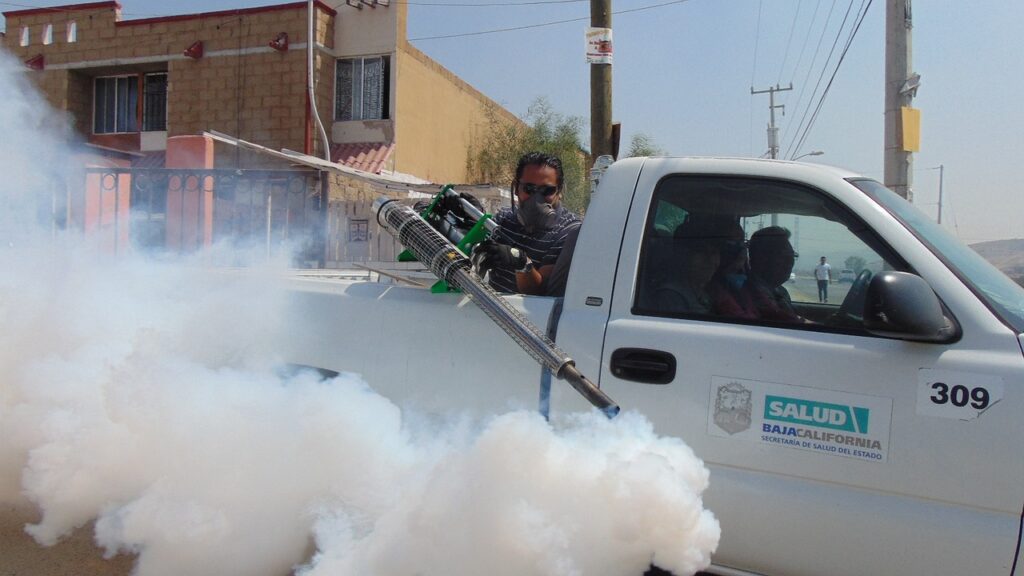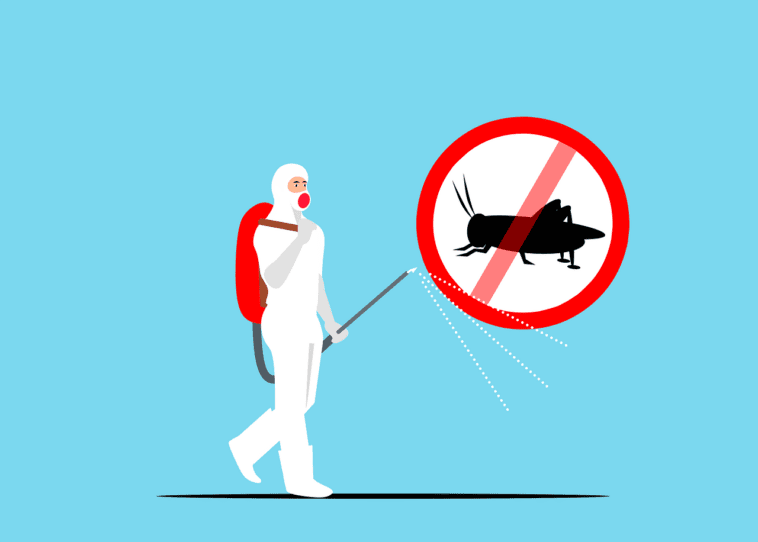In the world of property management, the preservation of a pest-free living environment within multi-unit properties is of paramount importance. The inherent challenges posed by shared spaces, close proximity, and interconnected units necessitate a strategic and proactive approach to pest control.
This article explores essential pest control strategies that property managers can employ to ensure their multi-unit properties remain habitable, inviting, and free from the scourge of pests.
1. The Importance of Pest Control in Multi-Unit Properties
Pests in multi-unit properties can rapidly escalate from isolated incidents to widespread infestations, affecting tenants’ quality of life and potentially tarnishing property reputation. A dedicated focus on pest control is not just a matter of convenience—it is essential for tenant satisfaction, property value, and long-term success.
2. Integrated Pest Management (IPM): A Comprehensive Approach
Integrated Pest Management (IPM) offers a well-rounded strategy for managing pests effectively while minimizing the reliance on chemical interventions. By combining proactive measures such as prevention, monitoring, and targeted treatments, property managers can create a harmonious balance between tenant comfort and sustainable pest control practices.
3. Regular Inspections and Early Intervention
The adage “prevention is better than cure” holds true in pest control. Regular and thorough inspections, conducted by trained professionals, enable the early detection of pest issues. Swift action at the initial stages prevents the proliferation of pests, curbing potential damage and minimizing the disruption to tenants.

4. Tenant Education and Cooperation
An informed tenant is an empowered ally in pest control efforts. Educating residents about simple yet impactful practices—such as proper waste disposal, cleanliness, and timely reporting of pest sightings—creates a collective commitment to maintaining a pest-free living environment.
5. Sealing Entry Points and Structural Maintenance
Pests can exploit even the smallest openings to infiltrate properties. Property managers should proactively identify and seal potential entry points, reinforcing structural integrity. This preventive measure goes a long way in keeping unwanted visitors at bay.
6. Sanitation and Waste Management
Effective waste management is a cornerstone of pest prevention. Ensuring that garbage disposal areas are clean, well-maintained, and equipped with secure containers mitigates the attractiveness of the property to pests.
7. Landscape Management
Well-maintained outdoor spaces play a pivotal role in pest control. Thoughtful landscaping practices that include regular trimming and moisture control deter pests from establishing breeding grounds, contributing to a healthier property environment.
8. Partnering with Professional Pest Control Services
The expertise of professional pest control services is an invaluable asset in the battle against pests. Collaborating with specialists allows property managers to tailor pest management strategies to the property’s unique characteristics, ensuring comprehensive protection and tenant satisfaction.
9. Record-Keeping and Data Analysis
Maintaining detailed records of pest control activities provides insights into trends, effectiveness, and areas for improvement. Analyzing this data informs strategic decisions and offers a transparent record of the property’s commitment to pest management.
10. Ongoing Training for Staff and Residents
Education is an ongoing endeavor. Regular training sessions for property management staff and residents ensure that everyone remains updated on the latest pest control protocols and practices, fostering a culture of vigilance and cooperation.
11. Innovations in Pest Control Technology
Embracing technological advancements, such as IoT and smart devices, enhances pest control efforts. These innovations provide real-time monitoring, early detection capabilities, and data-driven insights that amplify the effectiveness of pest management strategies.
12. Laws and Regulations: Navigating Pest Control Compliance
Property managers must navigate a landscape of laws and regulations related to pest control. These regulations often cover the proper use of pesticides, tenant notification, and the responsibility for pest management in shared spaces. Staying informed about local, state, and federal regulations is crucial to maintaining compliance and avoiding legal issues.
13. Sustainable Pest Control Practices: Environmental Responsibility in Multi-Unit Properties
In an era marked by increasing environmental awareness, sustainable pest control practices have become an imperative for property managers. Embracing eco-friendly approaches not only minimizes the impact of pest control on the environment but also aligns with the preferences of environmentally-conscious tenants. Integrating methods such as biological control, habitat manipulation, and natural repellents can contribute to effective pest management while demonstrating a commitment to responsible property stewardship.
14. Engaging the Community: Promoting Tenant Participation in Pest Control Efforts
Engaging tenants as partners in pest control efforts fosters a sense of community responsibility and strengthens the overall effectiveness of pest management strategies. Property managers can initiate educational workshops, distribute informative materials, and organize community clean-up events to empower tenants with knowledge and practical tips for pest prevention. By creating a collaborative environment where everyone plays a role in maintaining a pest-free property, property managers can enhance tenant satisfaction, reduce pest-related issues, and create a more harmonious living experience.
Conclusion: The Pursuit of Pest-Free Harmony
In the dynamic realm of property management, maintaining a pest-free environment within multi-unit properties is a multifaceted endeavor. By adopting a holistic approach that encompasses integrated pest management, tenant collaboration, professional guidance, innovative technology, and sustainability practices, property managers can create an inviting, pest-free haven that resonates with tenant satisfaction and long-term property success. In the pursuit of this harmony, the proactive management of pests becomes an integral component of multi-unit property excellence. It’s not just about controlling pests—it’s about creating homes where tenants thrive without unwanted intruders.





